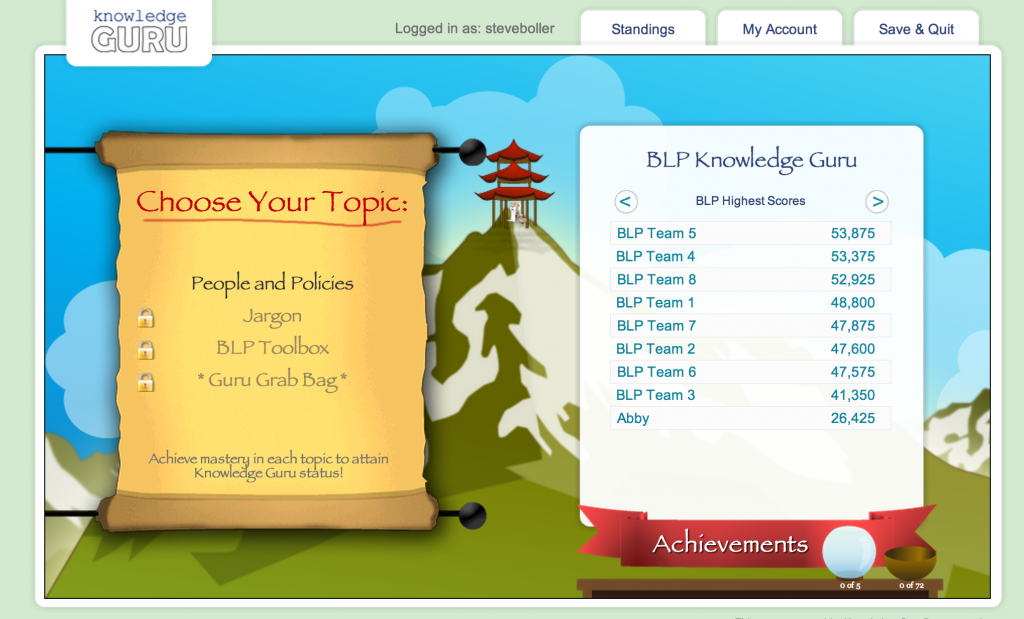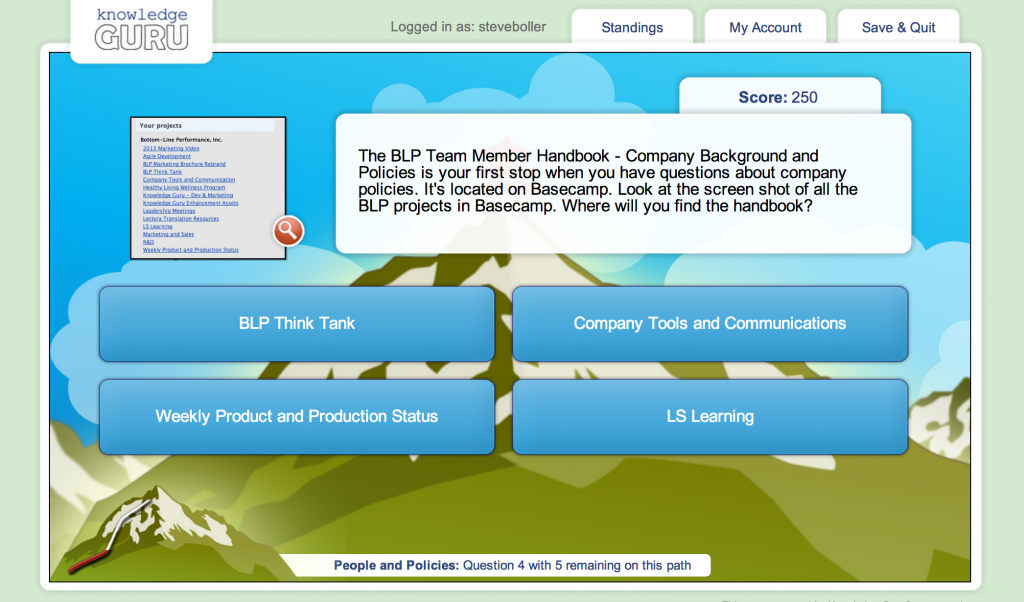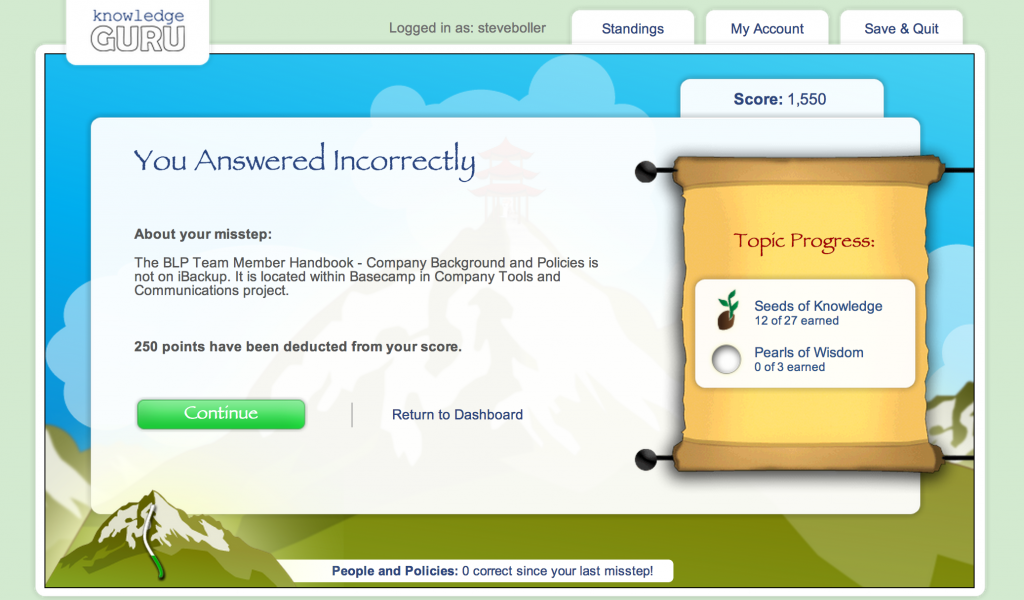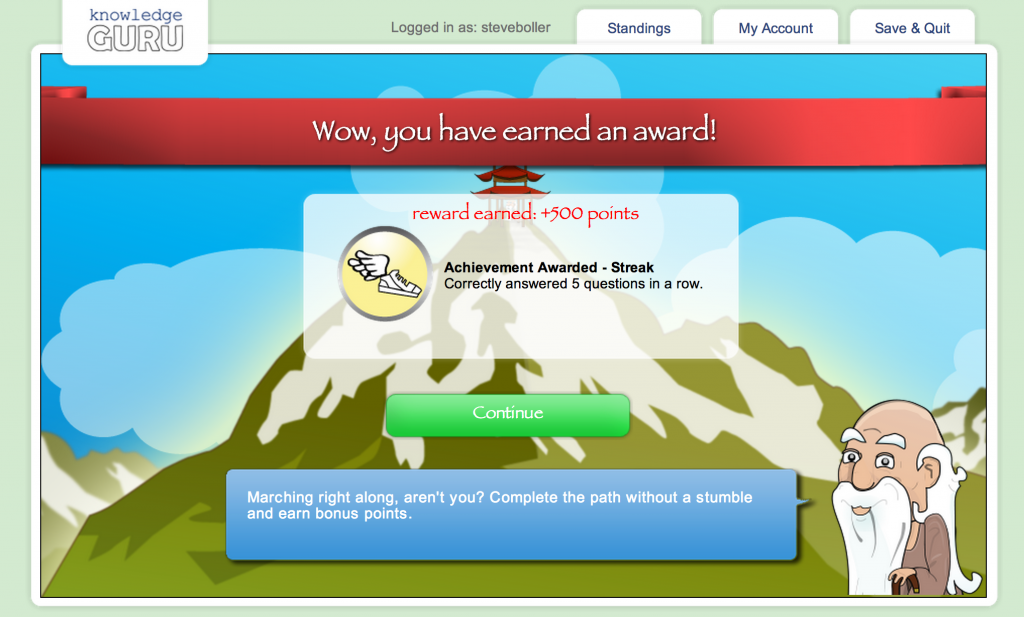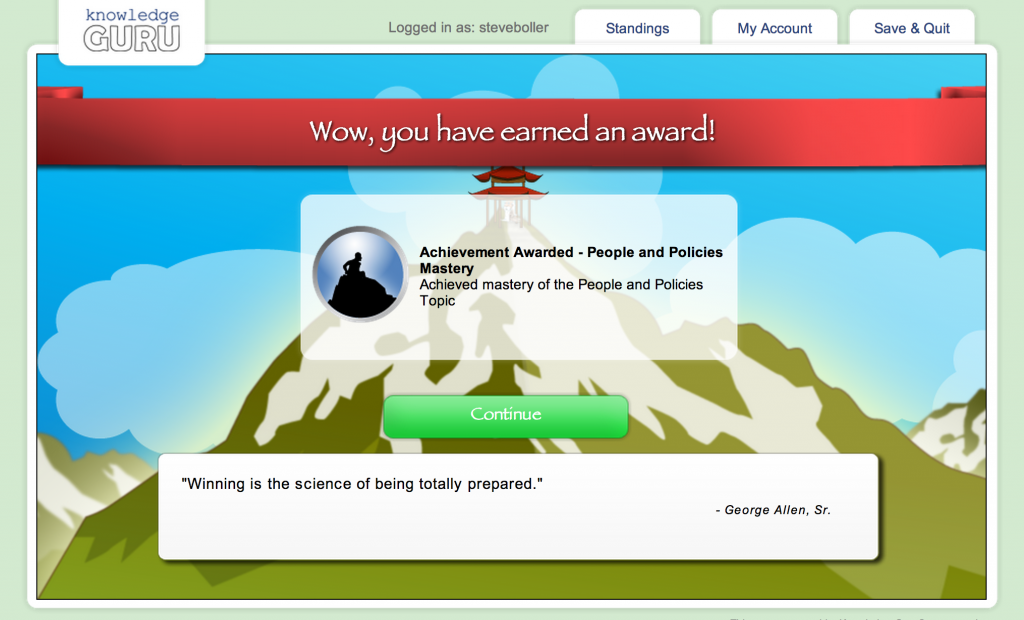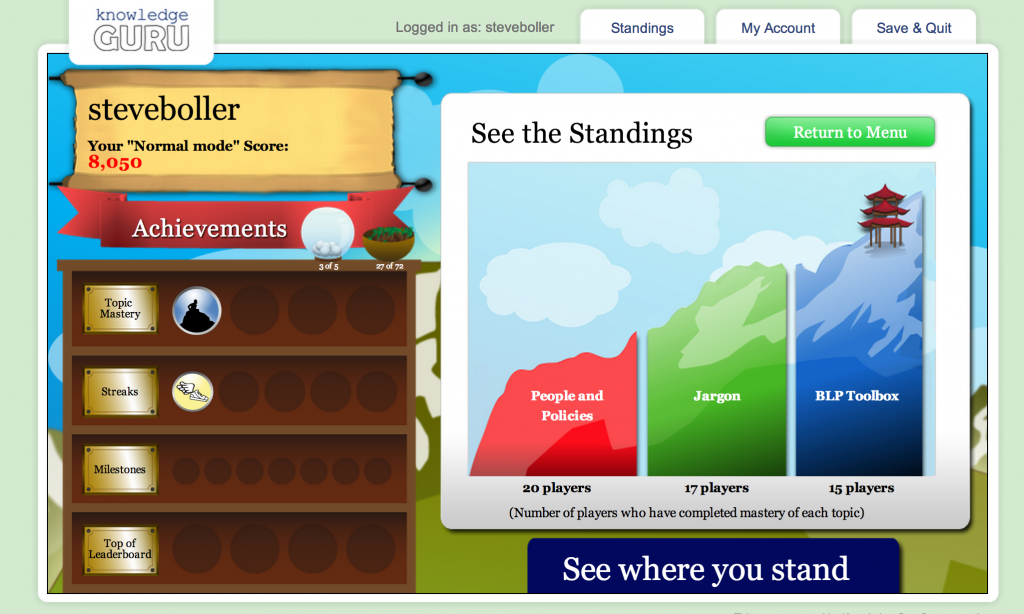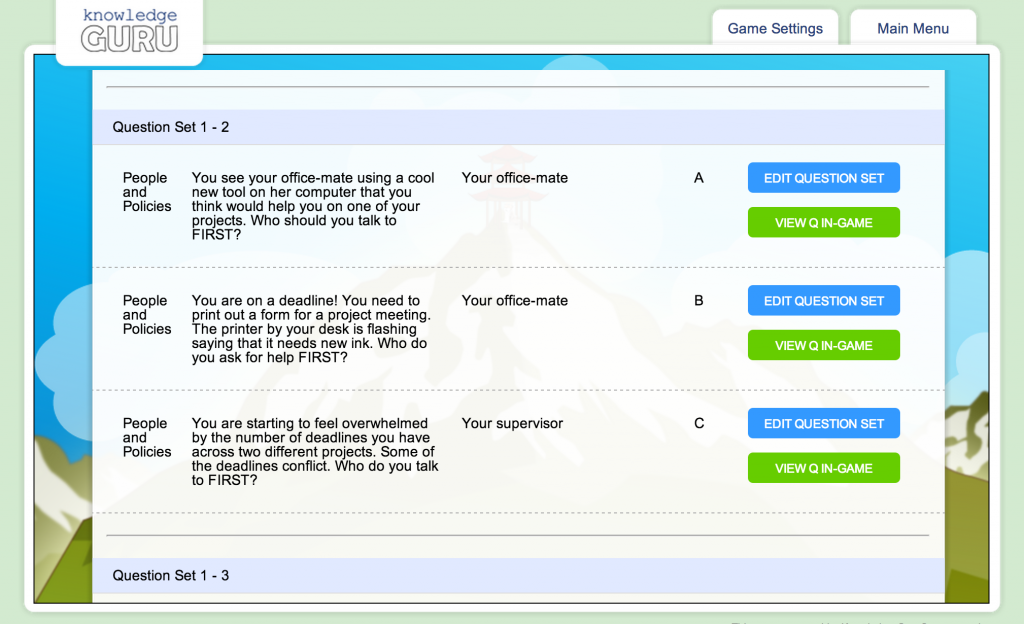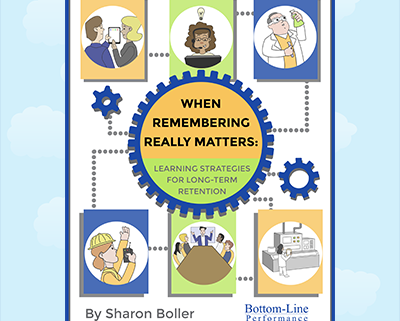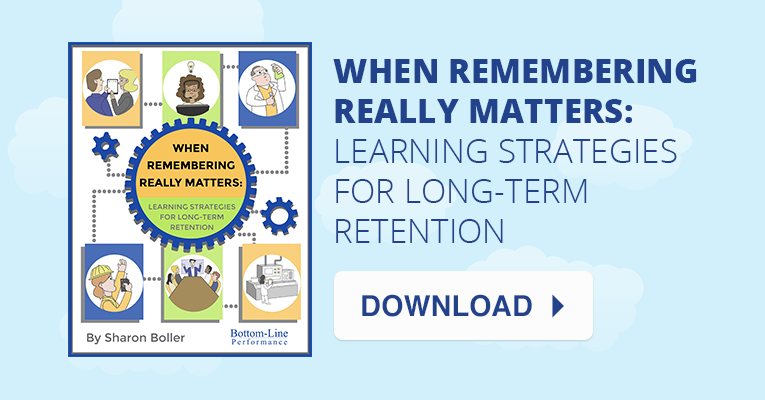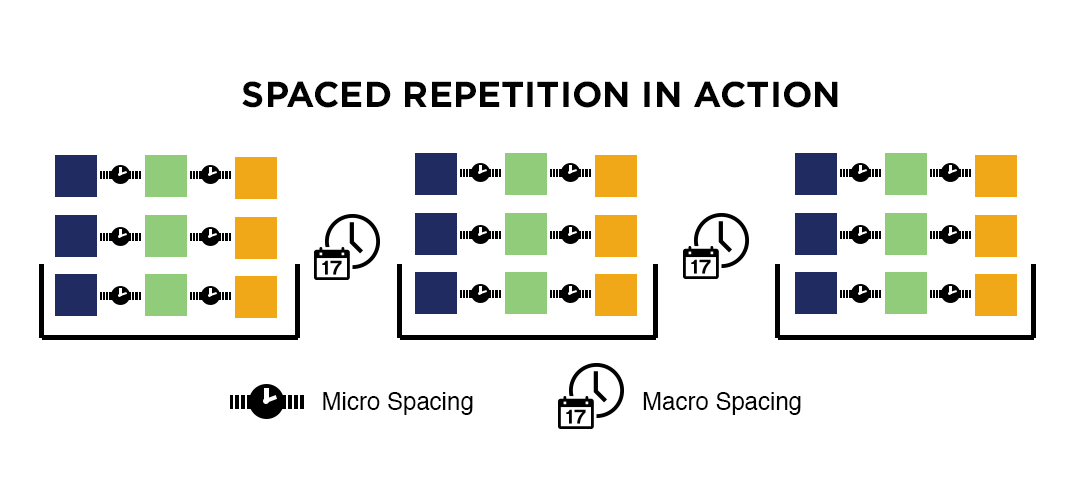Training Reinforcement: 7 Things You Need to Know

Organizations expend constant effort to deliver information employees need to know for their jobs. And oftentimes, there’s a lot at stake. You depend on training to help your employees make more sales, provide better customer service, avoid regulatory issues, and make fewer mistakes.
But training has no value if we can’t retrieve the information we’re taught. Training reinforcement is essential to ensure that knowledge and skills learned in training are applied on the job. If you are new to training reinforcement or a bit unfamiliar, here are seven key things to know. Think of these facts as tips that will help your learners recall the right information when they need it.
1. The goal of training reinforcement is to beat the forgetting curve.
There are lots of reasons why it’s difficult to overcome Herman Ebbinghaus’ forgetting curve. His original research, which has since been replicated on several occasions, shows that our brains are wired to forget things without repeated exposure and practice. Essentially, learners can forget up to 90% of what they learn without reinforcement. It’s not a pretty statistic.
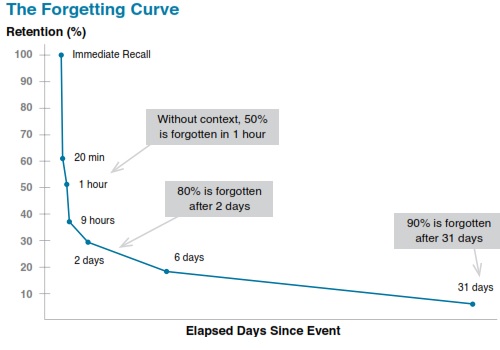
The Forgetting Curve. Image Credit: Elearning! Magazine
Luckily, there are proven strategies that help people remember. Training reinforcement is one such strategy. It’s a critical piece of the learning and remembering equation, which brings me to my next point…
2. Training reinforcement should be designed based on the science of learning and remembering.
Below, I mention some exciting new learning tech trends you can use as part of training reinforcement. But before we get to that, we have to understand what makes these technologies useful for learning. We must consider the importance of learning science – the backbone of sound instructional design. You can invest in all the flashy new technology in the world! But if you design training reinforcement without considering the underlying science of how the human brain retains information, you put your training efforts at risk.
Spaced repetition and distributed practice, for example, are significant components to help someone actually use what you are trying to teach them. Information that is presented over spaced intervals is learned and retained more easily and effectively. Retrieval practice is another good example. The more your learners have to “retrieve” or call information to mind, the less likely they are to forget it. For this reason, it’s important for employees to experience training on the actual job site and not just in the classroom.
3. Games and gamification can make training reinforcement more motivating and engaging.
The struggle is real… we know it’s a constant battle to create solutions that actually motivate your learners to take training. But it doesn’t have to be this way. It may be time to “up your game” with games and gamification. Our 2018 Learning Trends Report revealed that more and more L&D professionals are actually including games and gamification in their training. We see game-based learning as having wide application across many delivery options—mobile, Virtual and Augmented Reality (VR and AR), eLearning, and even old-fashioned Instructor-Led Training (ILT), live and online. This could be a “game changer” for your organization.
4. Mobile is often the ideal delivery method for training reinforcement.
Once your training event is over, your learners need to be able to access information quickly and easily. What better way to do that than by making reinforcement available on mobile devices? Apps can be awesome reinforcement tools to support live or online training that is more “traditional” (e.g. take it on a laptop, click through lots of content).
5. Adaptive learning can personalize training reinforcement to learners’ individual needs.
The more personalized your training reinforcement is to each learner, the more effective your overall training initiative will be. We built our Knowledge Guru Drive app as a training reinforcement tool to help learners build both confidence and competence.

In the app, learners complete a short confidence assessment, then receive customized mini-games they play each day. Drive adapts to learners over time to help them master their weakest areas and build on their strengths. Drive’s confidence assessment allows you to accurately gauge your learners’ confidence in key areas and grow it alongside their knowledge and skills.
6. Conversational AI is opening up new possibilities for training reinforcement.
Artificial intelligence is here, the devices are readily available, and there are plenty of use cases where it makes sense for training reinforcement. You could consider creating an app, for example, where learners can ask questions about a particular product or process and get quick answers. Voice commands could help sales reps out in the field who need a quick answer while driving to meet a customer.
You can also create a chatbot that answers common questions via text. For example, a learner could text the bot a question and receive an answer without having to log into the LMS to look for it. You can even program the bot to forward questions it cannot answer to your training team for further support.
7. Training reinforcement needs to be carefully positioned as part of the learner’s overall experience.
When you design a training curriculum, you want to create a cohesive experience that is beneficial to your learners from start to finish. So how do we get to an optimal learning experience? How do we bring the target learner back into the design process in a way that is actually feasible for a business? A blend of traditional instructional design with design thinking tools may be part of the solution. Design thinking produces solutions through an iterative process of observation, insight, ideation, experimentation, and testing. Its goal is to create solutions that find the sweet spot between learner needs and preferences, business needs and the technology that’s most viable.
Upcoming Webinar
In our upcoming webinar, Learning Trends in 2018: Present Realities vs. Future Possibilities, we will provide an in-depth analysis and discussion of this year’s trending tech and training solutions.








